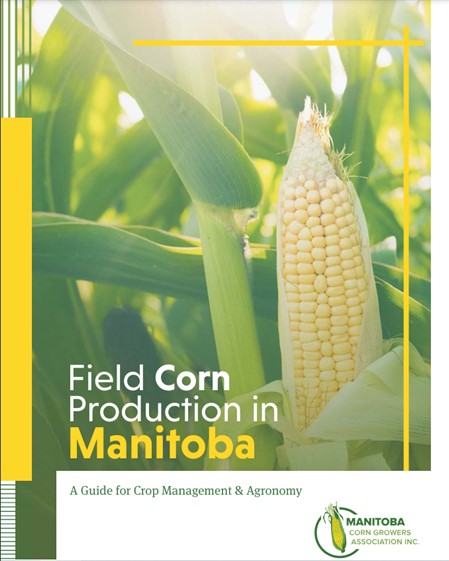Introduction to Corn Production
In Manitoba, field corn is grown for grain or silage production. The majority of grain corn produced in Manitoba supplies the ethanol and feed industries, but a small portion is sold to the distillery in Gimli. Corn silage is fed to dairy and beef cattle. Silage corn production makes up approximately 22% of total corn production in Manitoba.
Adaptability To Manitoba
The three main climatic variables that affect adaptation in Manitoba are day length, temperature (both heat and frost-free period), and rainfall. Day length and temperature affect development, i.e., flowering and maturity; and temperature and rainfall affect growth, i.e., yield.
Air and soil temperatures are very important because the rates of growth and development increase as temperatures increase from 10 to 30ºC. In early spring, soil temperature is more important than air temperature because the growing point stays below the soil surface until sometimes in June.
Corn Heat Units
In Manitoba, as well as other parts of Canada, cumulative temperatures such as Corn Heat Units (CHU) are closely related to development. CHU are better than calendar days for measuring time between stages because, in warmer regions, more CHU are accumulated per day so that corn develops faster per day than in cooler regions.
When calculating the CHU for each day for corn, there are several considerations:
- day and night temperatures are treated separately
- no growth is assumed to occur with night temperatures below 4.4ºC or day temperatures below 10ºC
- maximum growth occurs at 30ºC and decreases with higher temperatures
CHU for each day are calculated by the formula:
CHU = 1.8 (Tmin - 4.4) + 3.3 (Tmax -10) - 0.082(Tmax -10)²
2
where: Tmin = Daily minimum temperature (ºC) and
Tmax = Daily maximum temperature (ºC)
Growing season accumulation of CHU's for agro-Manitoba is presented in Figure 1. Local factors such as soil type, slope of land, elevation, and shelter will modify the growing conditions. Corn hybrids sold in Manitoba are given a CHU rating, providing a base for selecting hybrids for a particular location. CHU ratings for corn hybrids can be found in Seed Manitoba.
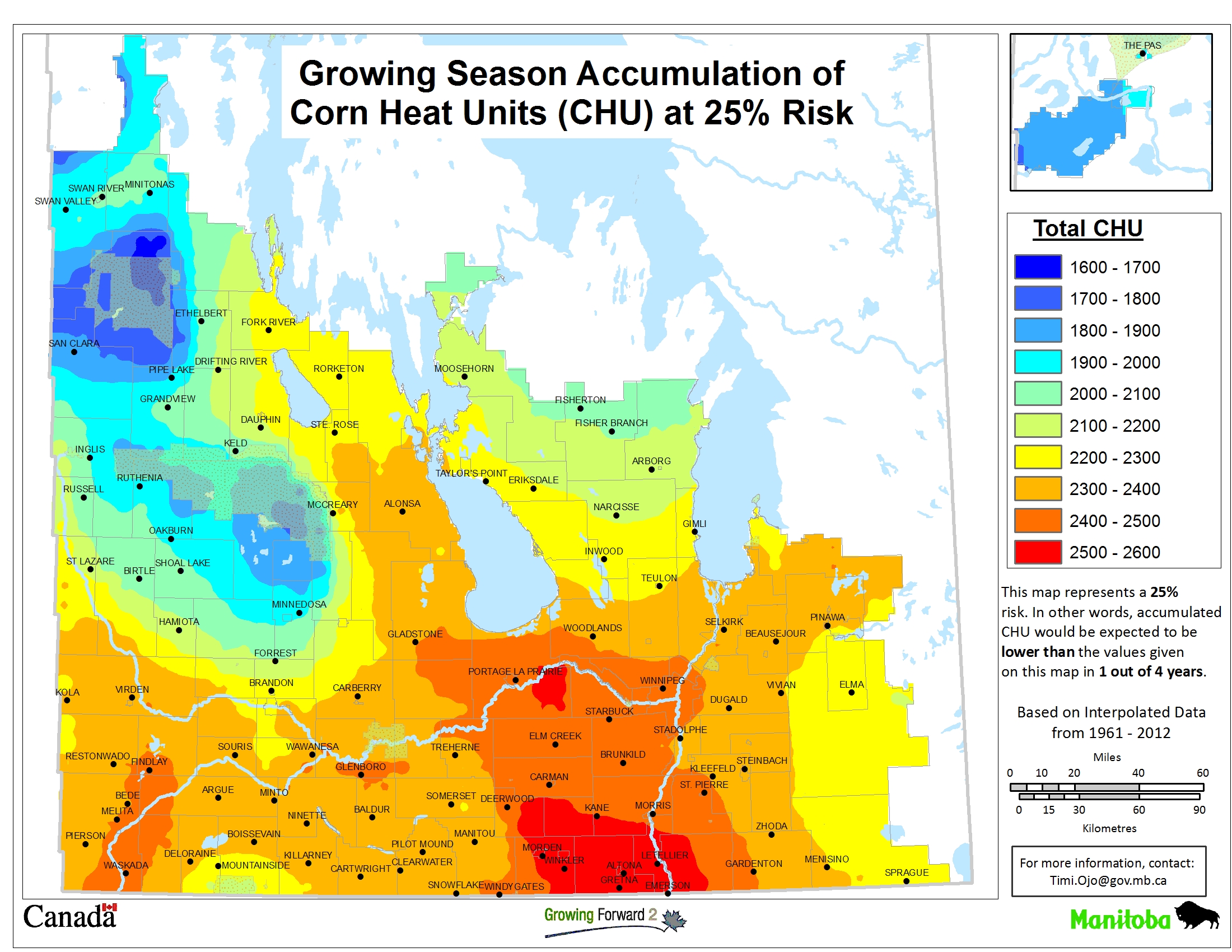
FIGURE 1 Growing season accumulation of corn heat units (CHU) in Manitoba at 25% risk.
The development of each plant is controlled by its genetic make-up and how these genes react to the environment in which the plant is growing. This is why it is critical to correctly match the corn heat unit rating of the hybrid with the CHU rating of the farm. If the hybrid's rating is too high, then maturity may not be reached. This is why development or maturity is more important when selecting a hybrid than is yield. If the grain is not mature, the value of the crop to the producer is substantially decreased due to increased costs of drying and marketing issues.
Water Use By Corn
Corn requires increasing amounts of water as the season progresses. In an average year, a 120 bu/ac corn crop uses about 21 inches. Corn takes up and evaporates through its leaves about 350 litres of water for every kilogram of dry matter that is produced. Weekly corn water use is presented in Figure 2. Peak water use is during the reproductive phases of silking and pollination.
Comparison between water use of cereal, bean and corn crops are illustrated in Figure 3.
The amount and distribution of rainfall in Manitoba is generally suited to corn production. Problems can arise each year in specific areas where rainfall patterns influence corn yields.
A water shortage occurring at any time during the year can cause yield decreases. Drought stress early in the growing season can reduce growth, thereby affecting the photosynthetic area. Drought during pollination may decrease yields by affecting silk elongation. If water stress occurs during grain filling, kernels may abort or not fill out, reducing yield and quality.
Moisture stress is the greatest problem on coarse-textured (sandy) soils, while excess moisture is a more common problem on fine-textured, compacted or poorly drained soils.
|
|
Field Corn Production in Manitoba is available here. This management guide covers everything you need to know about corn production in Manitoba. This booklet is an excellent source of information for both veteran corn growers and producers who are looking to diversify. | |
Seed Manitoba provides an unbiased source of information on how varieties performed in trials under a variety of soil and weather conditions. The data has been collected from several sites across Manitoba. New varieties are listed along with varietal characteristics of all varieties tested. This easy-to-follow guide also features a listing of seed vendors in Manitoba. |

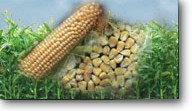
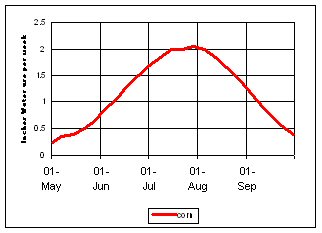 FIGURE 2
FIGURE 2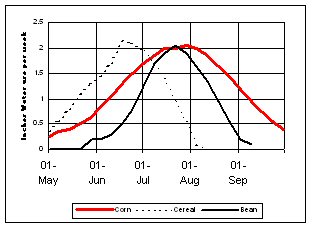 FIGURE 3
FIGURE 3